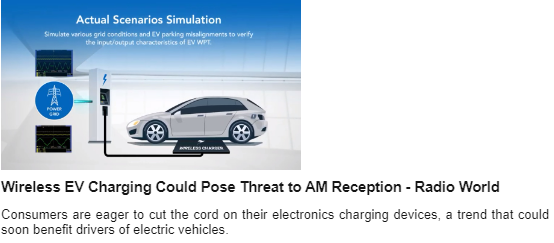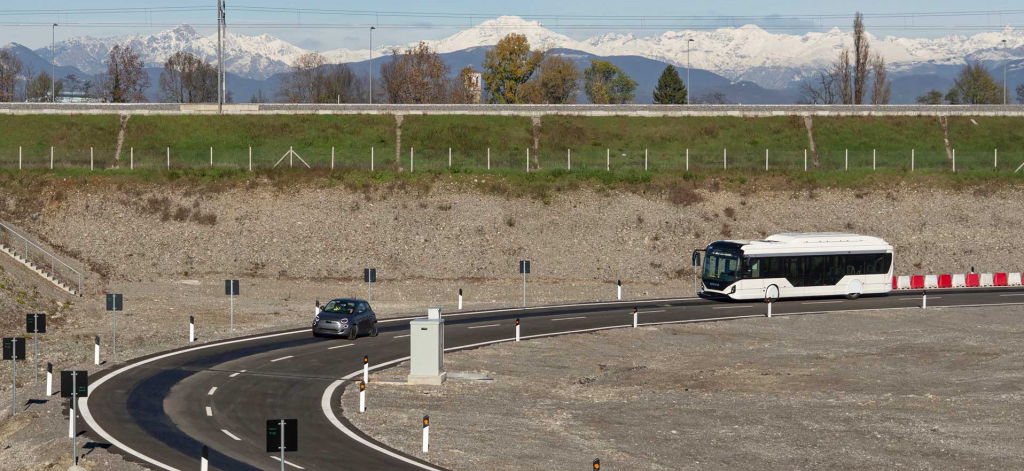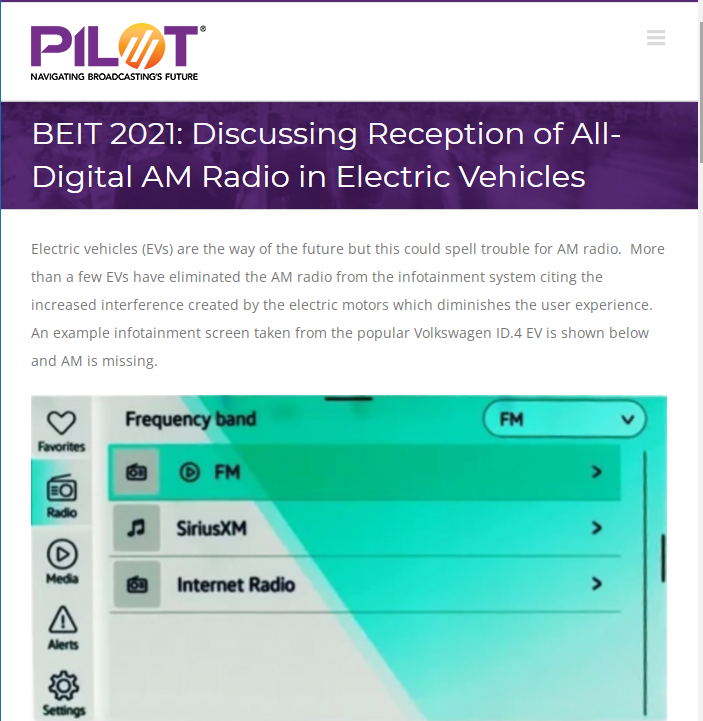
Source
Interference on the medium waves generated by battery-powered cars has prompted several manufacturers (Audi, BMW, Mini, Tesla, and Volkswagen) to eliminate the AM tuner in their battery-powered models (we’ve already discussed it here). But new radio disturbances are on the horizon on which it would be difficult to act. Raising the alarm is the ITU (International Telecommunication Union): induction charging systems generate harmonic frequencies between 500 and 700 kHz that cannot be eliminated by shielding because they are picked up by the antenna. In theory, U.S. law prohibits interfering with licensed stations, so if electric cars disrupt broadcasters, it is up to manufacturers to comply. Technically, however, it is not easy, and since the electric market moves huge interest (by 2030 in the U.S., one out of every two new cars should be electric) the game is wide open.
Heavy interference, but there may be a solution

Source
Induction charging is convenient because it avoids the use of a cable. But the high powers involved (10 kW for a car, 100 kW for a public service bus) produce “robust” phantom signals. There is also DWPT, based on the same technology, which is used to extend the range of cars (now limited to a few hundred kilometers). It relies on coils placed under the asphalt that transfer energy directly to vehicles that do not have to stop at designated charging stations. What to do then? According to Xperi, stations could transmit digitally with the HD Radio system (for which the company owns the patent) because signal processing and error correction provide greater immunity to noise.
(Written by Fabrizio Carnevalini)

